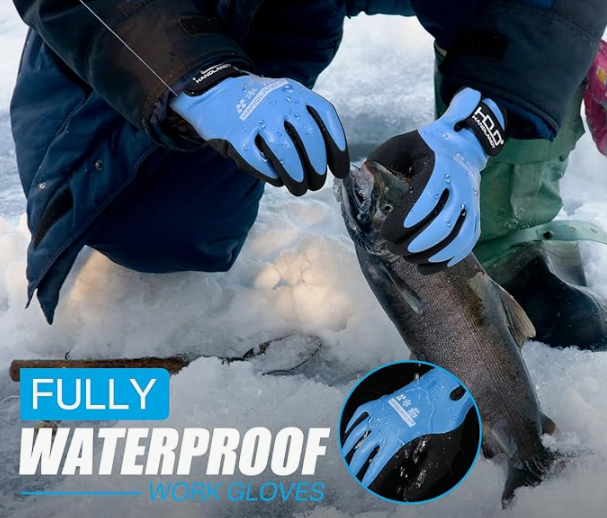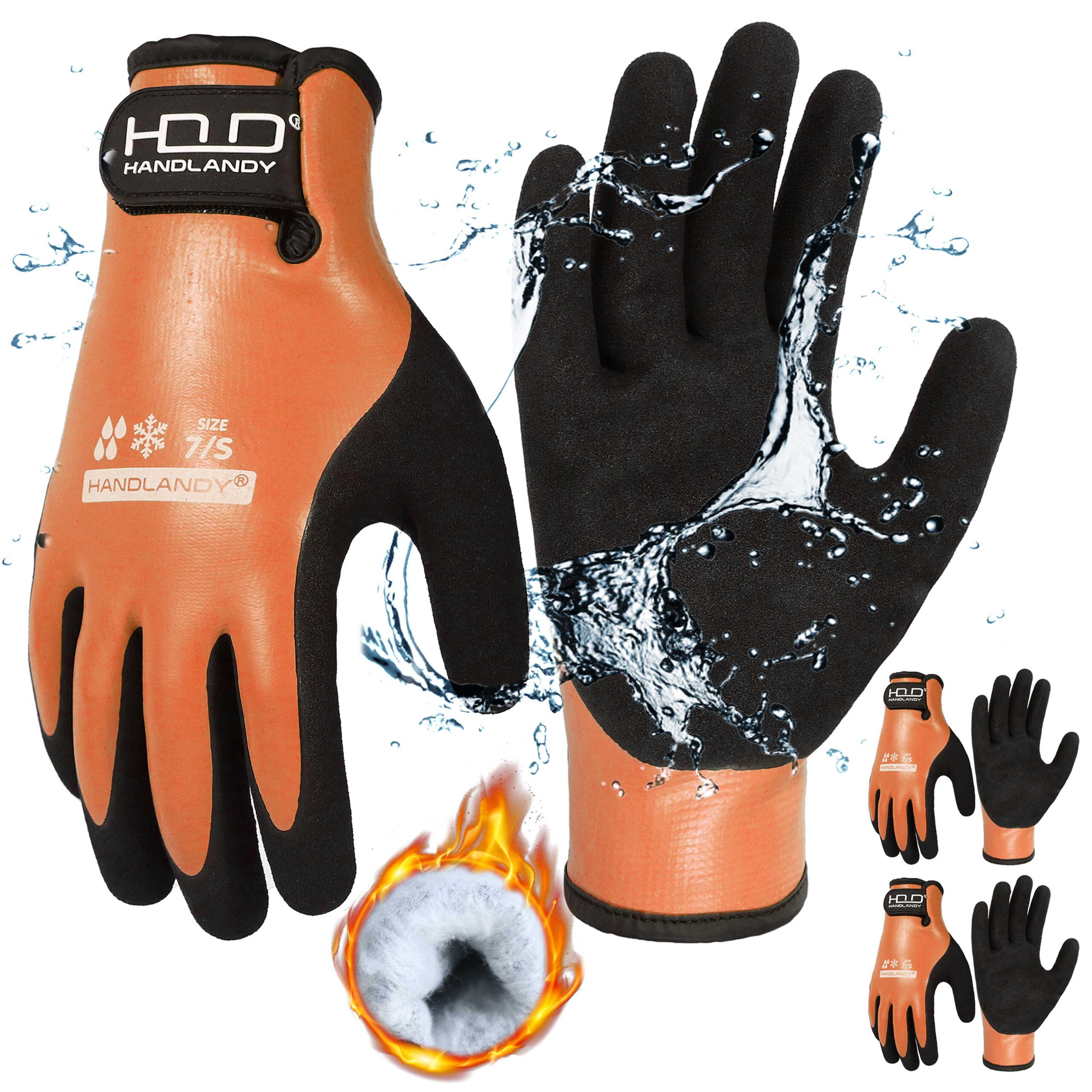Producing mechanic gloves involves several cost factors that influence pricing, quality, and profitability. Understanding these factors helps businesses make informed decisions and control expenses.
What Are the Key Cost Factors in Mechanic Glove Manufacturing?
The key cost factors in mechanic glove manufacturing include material selection, labor, overhead, shipping, compliance, and market dynamics. These elements determine the total cost and impact the final product’s quality and pricing.
1. Material Costs
- Types of Materials: Mechanic gloves use leather, synthetic leather, nitrile, and other textiles. Leather is durable but more expensive, while synthetics are cost-effective but may lack the same durability.
- Material Quality: High-quality materials, such as goat or cow leather, cost more but provide better performance and durability.
- Branded Components: Using branded materials like Thinsulate or Kevlar increases costs but adds value and functionality.
| Material | Cost | Best Use |
|---|---|---|
| Leather | High | Durable, abrasion-resistant tasks |
| Synthetic Leather | Moderate | Cost-effective, flexible applications |
| Nitrile | Low | Oil-resistant environments |
2. Labor Costs
- Production Complexity: Complex designs with added features like padding or touchscreen compatibility require skilled labor, increasing costs.
- Regional Differences: Labor costs vary by country. Manufacturing in regions with lower wages reduces costs but may affect lead times or quality.
3. Overhead Costs
- Factory Overheads: This includes utilities, machinery maintenance, and administrative costs.
- Profit Margins: Factories add profit margins to cover these costs while ensuring a reasonable return on investment.
4. Shipping and Logistics
- Packaging: Simple, flat-packed gloves are cheaper to ship than fully packaged products.
- Transport: Air freight is faster but more expensive, while sea freight is cost-effective for large shipments but slower.
| Shipping Method | Cost | Best For |
|---|---|---|
| Air Freight | High | Urgent or small shipments |
| Sea Freight | Low | Bulk orders with flexible timelines |
5. Compliance Costs
- Safety Standards: Compliance with standards like CE or ANSI requires testing and certification, adding to manufacturing costs.
- Environmental Regulations: Factories investing in eco-friendly materials and processes face higher upfront costs.
6. Market Dynamics
- Material Price Fluctuations: Raw materials like nitrile and leather are subject to market price changes, impacting costs.
- Supply Chain Stability: Delays or shortages in supply chains can increase expenses and affect delivery timelines.
How to Control Costs Without Compromising Quality
- Optimize Material Selection: Balance cost and functionality by choosing materials suited for the intended application.
- Streamline Production: Simplify glove designs to reduce labor and manufacturing time.
- Leverage Bulk Shipping: Use sea freight for large orders to minimize shipping expenses.
- Work with Trusted Suppliers: Partner with reliable manufacturers who ensure quality at competitive prices.
Conclusion
The cost of manufacturing mechanic gloves depends on materials, labor, overhead, shipping, compliance, and market conditions. Understanding these factors allows businesses to control expenses while maintaining product quality and competitiveness.
By managing these elements effectively, businesses can produce high-quality mechanic gloves that meet industry demands and maximize profitability.








